& Construction

Integrated BIM tools, including Revit, AutoCAD, and Civil 3D
& Manufacturing

Professional CAD/CAM tools built on Inventor and AutoCAD
5 min read
Today’s AEC projects are driven by Building Information Modeling (BIM), which requires centralized data sources and ways to share information easily. To facilitate a seamless exchange of data across multidisciplinary parties around the globe, data interoperability and standardization are key to leverage BIM for the timely delivery and cost savings on Infrastructure projects.
In 1994, Autodesk founded the Industry Alliance for Interoperability (IAI), inviting 12 other software vendors to help share information across platforms. They started showcasing the technology and its possibilities the following year.
In 1996, IAI was renamed to the International Alliance for Interoperability, which in turn evolved to buildingSMART, a worldwide professional body facilitating the digital transformation of the built asset industry.
In keeping with buildingSMART’s commitment to open BIM, the organization has developed various iterations of the Industry Foundation Classes (IFC) data standards over the years.
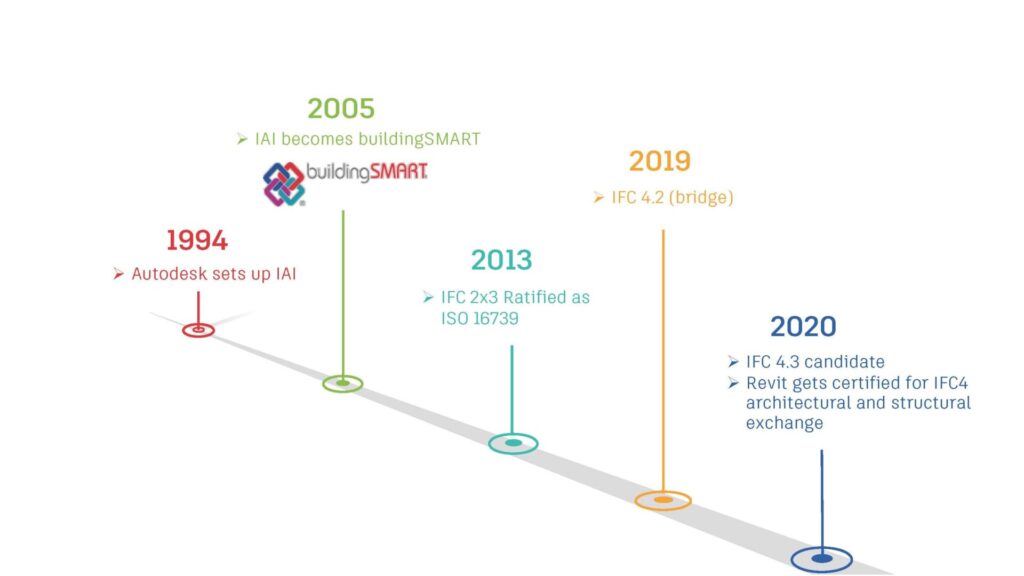
IFC certification of software in the AEC industry is a rigorous process and indicates that customers can use the product without worrying about being locked in to one vendor by permitting export of information in a valid neutral IFC format.
Autodesk’s multidisciplinary BIM software Revit recently obtained certification for Industry Foundation Class 4 (IFC4) Reference Exchange compliance for architecture and structure exports.
Coupled with an anticipated export certification for MEP elements and Architectural Import, these multiple stamps of approval position Revit as the first BIM platform to offer the versatility to support open workflows in both vertical (building) and horizontal (infrastructure) projects.
But this IFC certification is just the beginning.
buildingSMART’s IFC initiatives have so far made the biggest impact in the construction of urban buildings.
As a founder member of the UK and Ireland Chapter of the IAI and subsequently buildingSMART, I’ve closely followed the development and adoption of IFC. As a civil engineer, I’ve frequently voiced concern that the infrastructure sector was poorly served, reducing the value of IFC in real world projects.
Others also recognized this shortcoming and in 2013 it led to the establishment of the buildingSMART InfraRoom. Working with an international community of experts, the InfraRoom has since led a series of schema developments toward commonly accepted definition of key infrastructure elements.
InfraRoom defines its mission as combining, enhancing and developing open standards for intelligent data to enable process and data integration for Infrastructure. Its scope speaks to “information exchange and process standards to support effective management of the constructed built environment and linking and integrating across BIM and GIS.”
The infraRoom work on IFC standards for all Infrastructure asset types — bridge, rail, road, ports and waterways, as well as tunnels — is making steady progress towards achieving the goal of extending open BIM based workflows beyond buildings to infrastructure.
There have been a lot of changes in the past five years alone, according to Tiina Perttula, Chair of the buildingSMART International InfraRoom Steering Committee.
“It’s amazing how far we can come if we work together as an industry,” she says, “especially compared to where we were in 2015.”
—Tiina Perttula, Chair of the buildingSMART International InfraRoom Steering Committee
Autodesk is still as committed to open data today as on the day we co-founded the IAI . Our AEC technology is built for interoperability and supports IFC in more than 14 applications. An example bridge design workflow has demonstrated a seamless integration of a bridge modeled in InfraWorks for use in Civil 3D and Revit. By leveraging an IFC toolkit in Dynamo, the Revit model can be exported to new IFC Bridge elements for use in downstream software or a free IFC viewer. A similar proof of concept prepared by Cardiff University using Autodesk’s IFC Revit toolkit allows an export of a Ports and Waterways Revit model to an IFC 4.3 file.
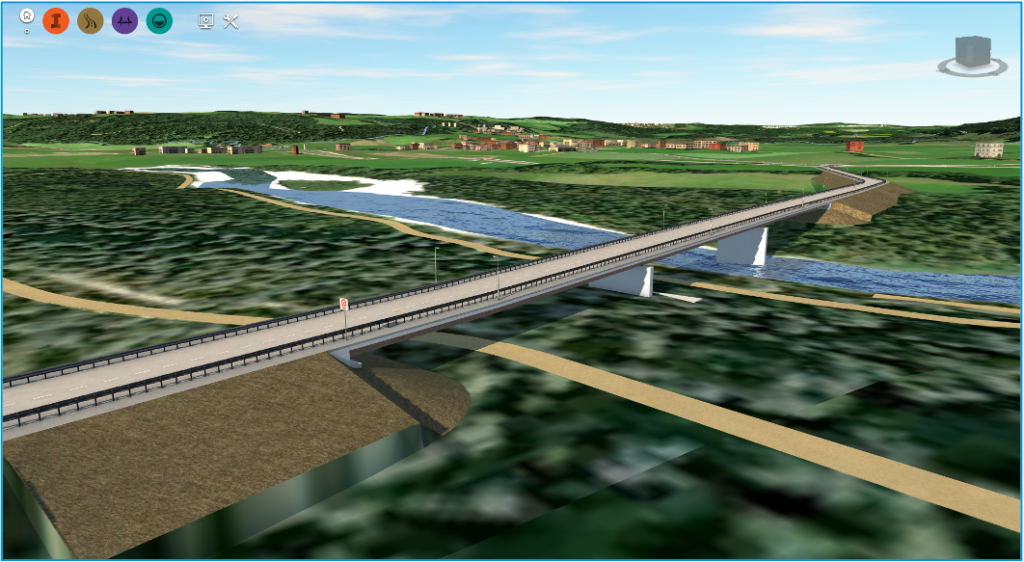
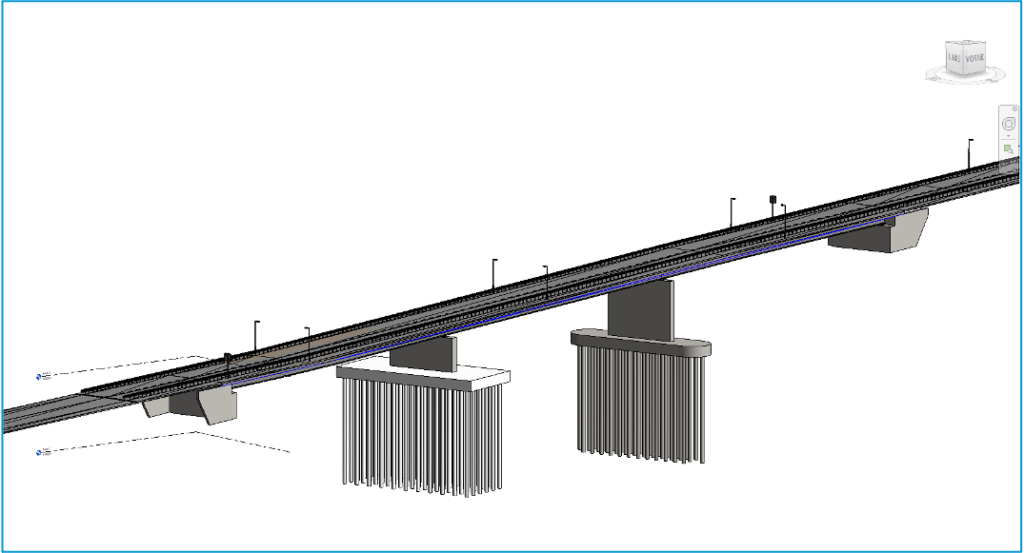
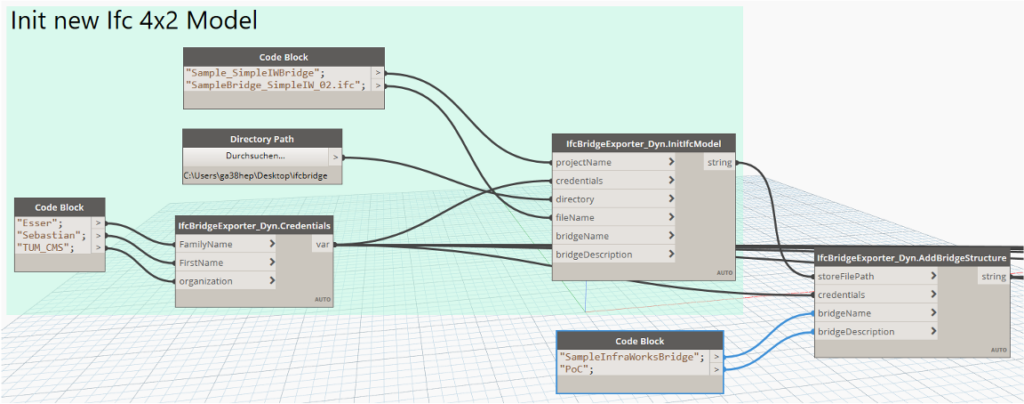
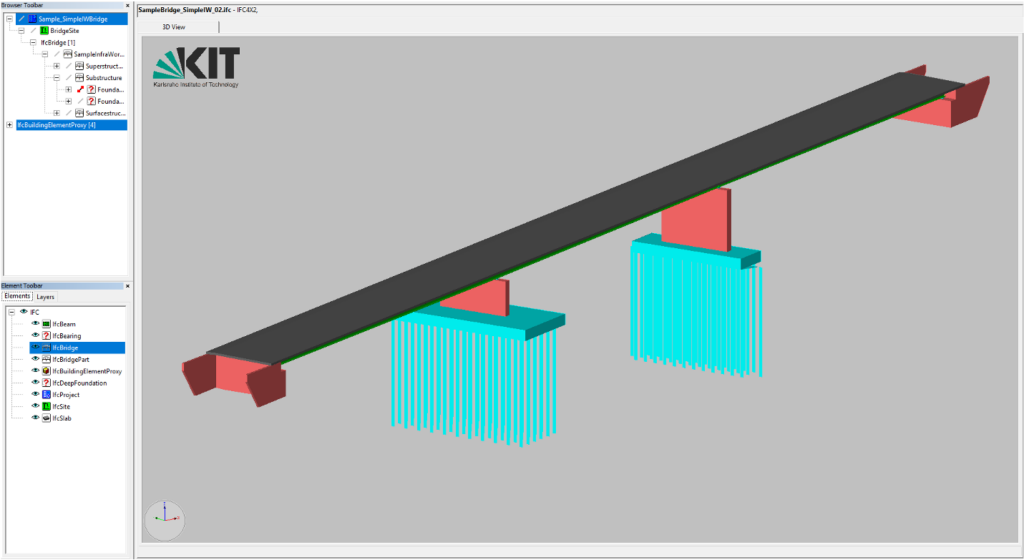
Along with Autodesk, a wide range of software vendors in the US, UK, Europe and Asia Pacific are participating in buildingSMART IFC 4.3 pilot implementations of use case scenarios provided by infrastructure owners or industry design and construction stakeholders. This work on open platforms does not stop when IFC 4.3 is finalized. buildingSMART has developed a roadmap that aims to make IFC more applicable for today and the future. This may become IFC 5 or receive a new moniker, but it will encompass further refinements for building elements as well as roads, bridges, rail, ports and tunnels, and potentially leveraging new technology for IFC.
To support its investments in open workflows, Autodesk has created an internal working group devoted to IFC for Infrastructure and established collaborations with key external organizations such as higher education institutions, in particular, the Technical University of Munich (TUM) who are leading much of the IFC 4.3 development effort. In September 2020, Autodesk also announced a partnership with the Open Design Alliance (ODA), which promotes unified file formats and openness.
Collaboration with buildingSMART and achieving IFC certification is not just about the right workflows — Autodesk’s commitment to open software is about an ongoing dedication to building a better built environment for the future. Open standard based BIM workflows will play a key role in reducing the complexity of integrating multidisciplinary stakeholders at various stages of the process, Moreover, having consistent, up to date, and approved structured data is a pre-requisite for achieving the goal of digital twins and ultimately smarter infrastructure.

Written by Marek Suchocki, BEng CEng CITP FBCS FICE MCInstCES, Infrastructure Industry Engagement Lead, Autodesk
Marek holds a degree in Civil Engineering, is a Chartered Engineer, Chartered IT Professional, Fellow of the British Computer Society, Fellow of the Institution of Civil Engineers (ICE) and a Member of the Chartered Institution of Civil Engineering Surveyors (CICES). Marek sits on expert panels within the CICES, the ICE, the UK BIM Alliance, the buildingSMARTInfraRoom and the British Standards committee that authored UK BIM standards and the ISO 19650 standards series.
By clicking subscribe, I agree to receive the AEC newsletter and acknowledge the Autodesk Privacy Statement.
Success!
May we collect and use your data?
Learn more about the Third Party Services we use and our Privacy Statement.May we collect and use your data to tailor your experience?
Explore the benefits of a customized experience by managing your privacy settings for this site or visit our Privacy Statement to learn more about your options.